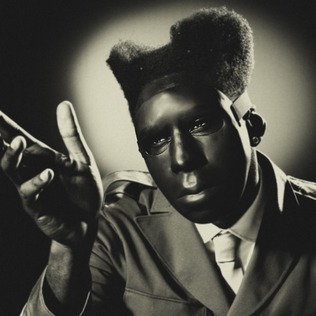Zimbabwe Parks and Wildlife Management Authority and the Frankfurt Zoological Society under the Gonarezhou Conservative Trust (GCT) are in the process of reintroducing the endangered Black Rhino to Gonarezhou National Park.
Project Manager at the Gonarezhou National Park, Hugo van der Westhuizen in a statement said the relocation of the animals is being done under the guidance of an expert team comprising of experienced veterinarians, ecologists, and animal handlers.
“The goal of the reintroduction in Gonarezhou is to establish a new, viable metapopulation of the critically endangered black rhino into a National Park in Zimbabwe,” he said.
“The aim is that these animals will become well established in the park and grow into an International Union for Conservation of Nature (IUCN) Classified Key 1 Black Rhino population.”
Gonarezhou’s Project Manager however raised concern about the risk which he called an inherent part of any significant wildlife intervention.
He said that there is a detailed post-release security plan that was developed to ensure the health and safety of the rhino as far as possible.
“Although extensive measures have been put in place to minimize this (risk) to both the animals and those involved, the reality is that reintroductions of wildlife are highly complex,” der Westhuizen said.
“In addition, the plight of critically endangered species like the black rhino and the threats facing them elsewhere adds o this complexity.”
The Black Rhino has been missing from the Gonarezhou for almost three decades.
Gonarezhou lost its last original black rhino in the 1940s, suspected due to overhunting.
The park reportedly lost the last rhino for the second time in 1994 after the number had grown to 140 from 77 brought in the park through a reintroduction program between 1969 and 1977.
Current reintroduced black rhinos came from three well-established populations in Zimbabwe, which include the Malilangwe Wildlife Reserve, Bubye Valley Conservative, and Save Valley Conservative.
Black Rhinos have been at the brink of extinction with poachers targeting the animal’s horn, which is on-demand in the Asian market.
A rhino’s horn on the Asian black market is estimated at $65,000 USD per kg making it more valuable than gold and even elephant ivory.
Around 20,000 rhinos are estimated to have remained in the wild according to the World Wildlife Organisation.
The current population of black rhinos is also between 5,366 and 5,627 according to Save the Rhino
























